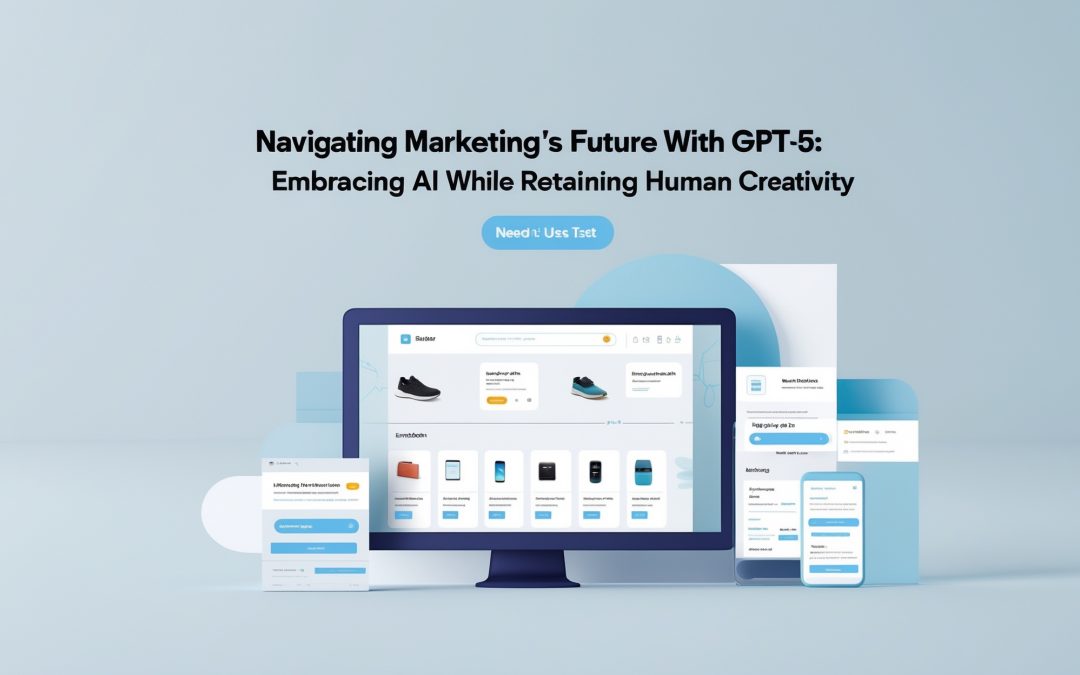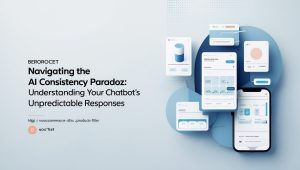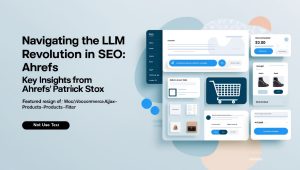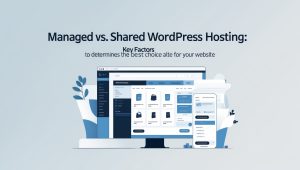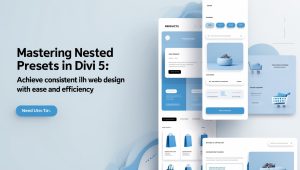GPT-5 Rolls Out: What the New Model Means for Marketers
I know that when it comes to the ever-evolving world of artificial intelligence, each new model seems to deliver a fresh dose of excitement and, let’s be honest, a sprinkling of unease. Yes, I’m sure you’ve felt that flutter in your stomach as yet another groundbreaking AI innovation surfaces. Well, here we are again, but this time it’s with OpenAI’s release of GPT-5, and I’m here to dissect what this all means—not just in the grand scheme of technology, but specifically for us, the marketers navigating this brave new world. 🚀
Faster, Smarter, and More Capable
OpenAI’s claims about GPT-5 are as bold as ever, stating that it’s faster, higher-performing, and boasts an improved reasoning ability compared to its predecessors. Now, what does that ‘improved reasoning’ look like? One could liken it to an overly ambitious student suddenly acing their exams after hours of diligent study. It’s not just a matter of spitting out words onto a page; it’s about context, nuance, and the ability to understand complex queries. Imagine your digital assistant actually grasping the intricacies of your requests without the need for endless clarification! That’s the hope—at least on paper.
In the realm of marketing, this could represent a seismic shift. If GPT-5 can interpret our needs with a sharper and more sophisticated lens, it could lead to the creation of content that resonates on a deeper level with our audience. Picture more personalized email campaigns that don’t just skim the surface but dive into the desires of consumers, making every message feel tailor-made.
The Human Touch—Or Lack Thereof?
Yet, here lies a conundrum that requires a moment of introspection. While GPT-5’s abilities raise the bar, can we truly replace the spark of human creativity and emotional intelligence? There’s an undeniable charm in the human touch that automated models may struggle to replicate. I can almost hear the cynics scoffing, “Can a machine truly understand the human experience?” 🤔
I think we should embrace GPT-5, not as a replacement for our unique storytelling but as a tool to enhance it. Marketing is fundamentally about connections—between brands and consumers, and between marketers and their creative processes. If this new model can free up time spent on mundane tasks—like generating product descriptions or social media posts—imagine what we could create when we shift focus to strategy and human-centric concepts.
What the Rollout Means for Data Utilization
With the advancements that come with GPT-5, I feel a certain anticipation regarding the implications for data utilization. This AI powerhouse promises to work with data in ways we’ve only theorized about until now. It’s not just about gathering insights; it’s about analyzing them in real-time and making recommendations that are deeply informed by trends and behaviors.
Think about how we currently wrestle with vast oceans of data—often feeling like we’re drowning in spreadsheets and analytics tools. Sure, I understand the necessity of data-driven decisions in marketing, but I suspect we can all agree that it can be suffocating, even at times. However, with smart AIs at our disposal, we may witness a delightful transition where the data presents itself in manageable bites, highlighting opportunities rather than overwhelming us with numbers.
The Ethical Dilemma
But let’s peel back another layer: the ethical concerns surrounding this technology. As marketing professionals, we’re already walking a fine line with privacy, consent, and transparency. As GPT-5 enters the arena, we must grapple with these considerations even more. I mean, are we prepared for the ramifications of AI-generated content being indistinguishable from that crafted by human hands?
There’s a constant worry that AI could perpetuate biases or misinterpret consumer intent. I think what the rollout requires—above all—is a reinforced commitment to ethical AI practices. Transparency should not be a buzzword; it should be the foundation upon which we build our marketing endeavors. We owe it to our audiences to ensure they understand the mechanics behind the content they consume.
Conclusion: Embrace the Future, But Stay Grounded
In conclusion, OpenAI’s GPT-5 offers an alluring glimpse into the future of marketing. Its potential to innovate is staggering, but I urge us to approach it with a discerning eye. Yes, let’s harness its capabilities to make our work easier and more effective. However, we must do so without losing sight of our humanity—the very soul that breathes life into our marketing efforts. 💡
The road ahead is thrilling, and I, for one, am eager to see where this technology leads us. Let us navigate these changes by combining the best of both worlds: the efficiency of AI and the unparalleled depth of human creativity. It’s time to rise and meet this challenge; the future of marketing is just a click away.

